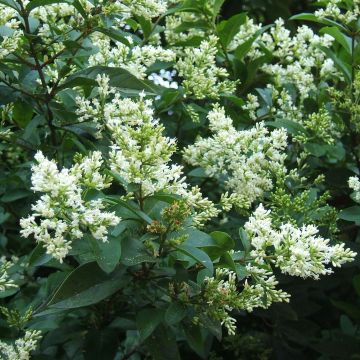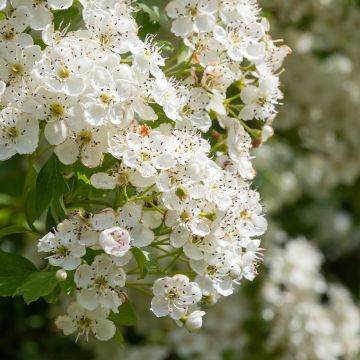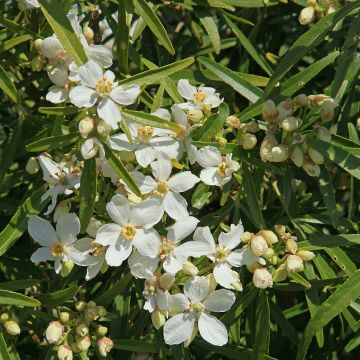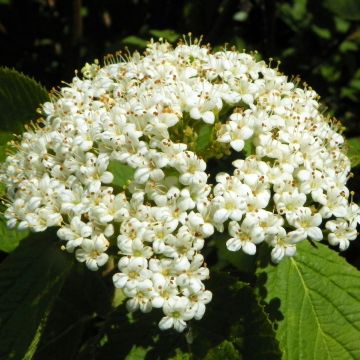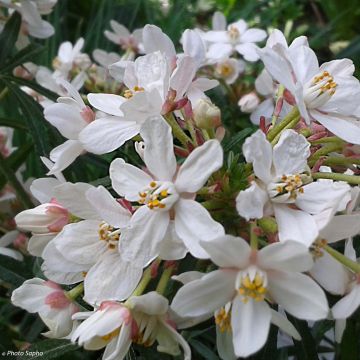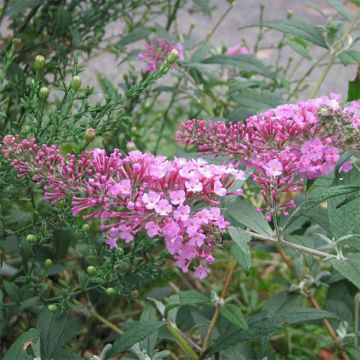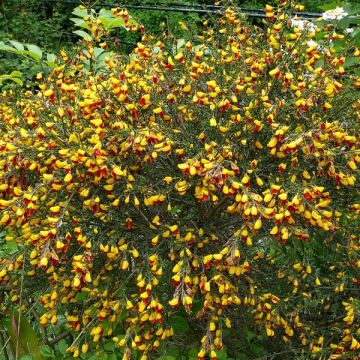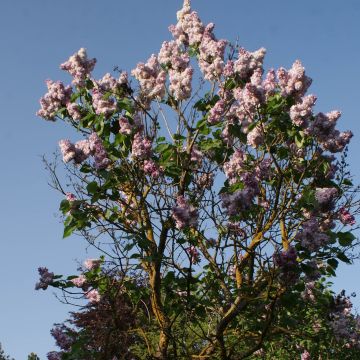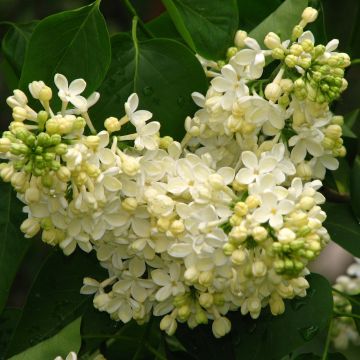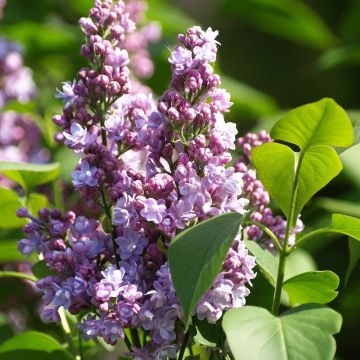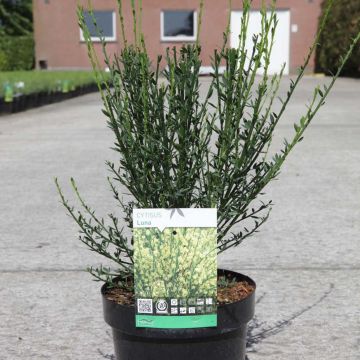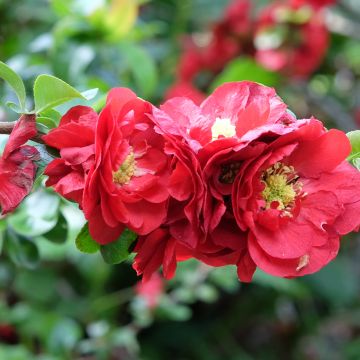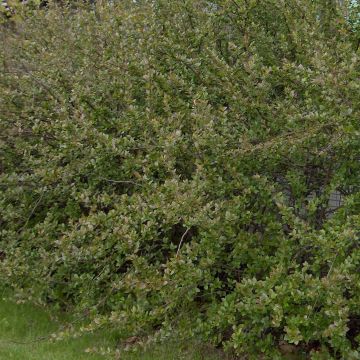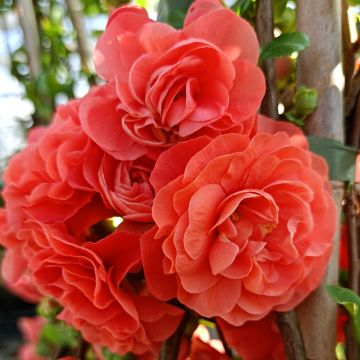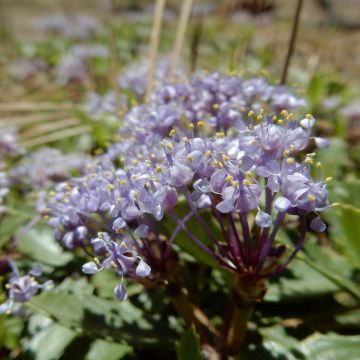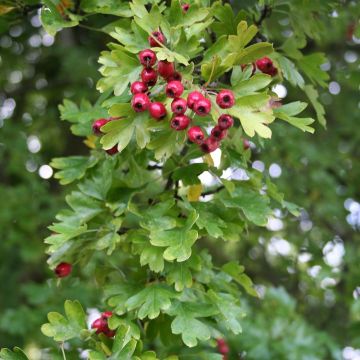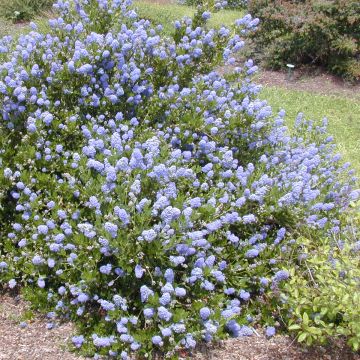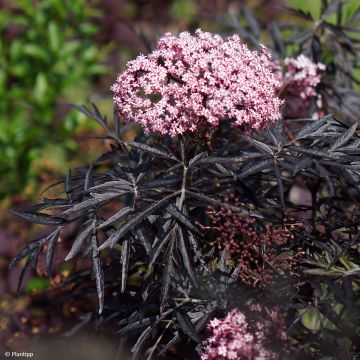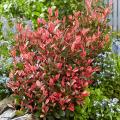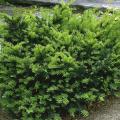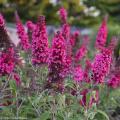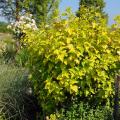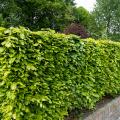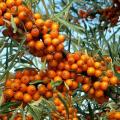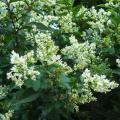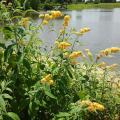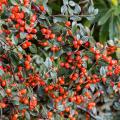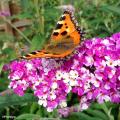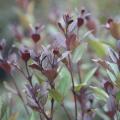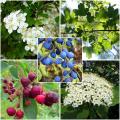Melliferous hedges, all our special offers
Does this plant fit my garden? Set up your Plantfit profile →
Available in 7 sizes
Available in 7 sizes
Available in 5 sizes
Available in 3 sizes
Available in 3 sizes
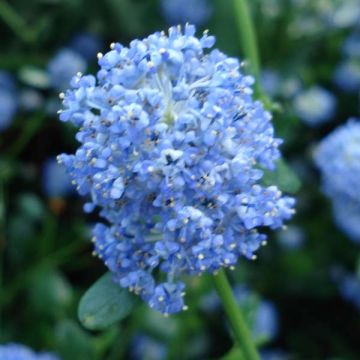
Available in 2 sizes
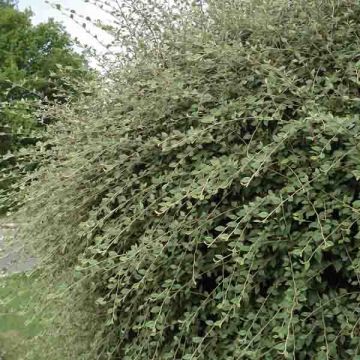
Available in 3 sizes
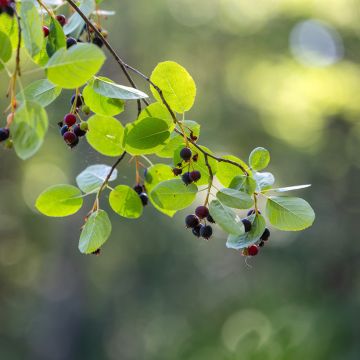
Available in 2 sizes
Available in 1 sizes
Available in 2 sizes
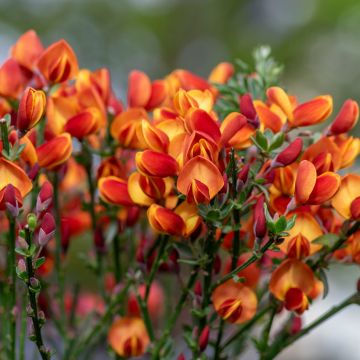
Available in 1 sizes
Available in 3 sizes
Available in 4 sizes
Available in 2 sizes
Available in 2 sizes
Available in 3 sizes
Available in 3 sizes

Available in 1 sizes
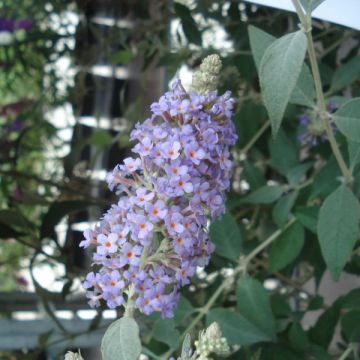
Available in 2 sizes
Available in 1 sizes
Available in 3 sizes
Available in 1 sizes
Available in 2 sizes
Available in 2 sizes
Available in 2 sizes
Available in 2 sizes
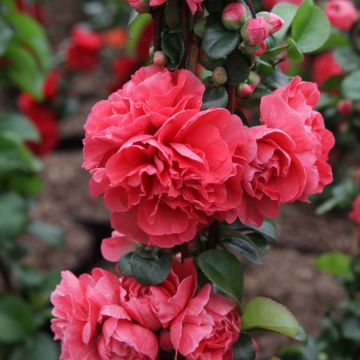
Available in 1 sizes
Available in 2 sizes
Available in 2 sizes
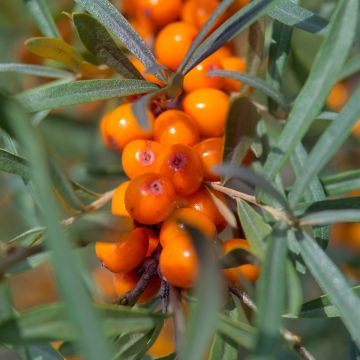
Available in 1 sizes
Available in 1 sizes
Available in 1 sizes

Available in 1 sizes
Available in 1 sizes
A melliferous hedge has as its primary objective to feed bees and pollinating insects, but it is also very rewarding for the gardener because its flowers, rich in nectar and pollen, are often renowned for their fragrance. By associating various evergreen or deciduous bushes, flowering can occur throughout the year. In addition to the buddleia, which needs no introduction, there are a great number of hedge bushes that bring joy to butterflies and bumblebees, such as hawthorns, photinias, and privets. These melliferous hedges can also serve as a refuge for the rare wild bees, hedgehogs, toads, birds, and other reptiles. It is entirely possible to create this type of hedge in a small garden or even in a city garden, as pollinators are present in both urban and rural areas!
In these pages, you will find a wide selection of melliferous bushes, ranging in height from 1 m (3ft) to over 5 m (16ft), to choose for your hedge according to your requirements and the size of your garden, or even your balcony!
Haven't found what you were looking for?









































